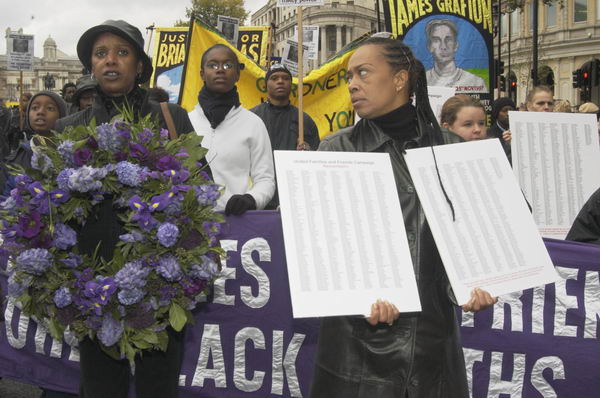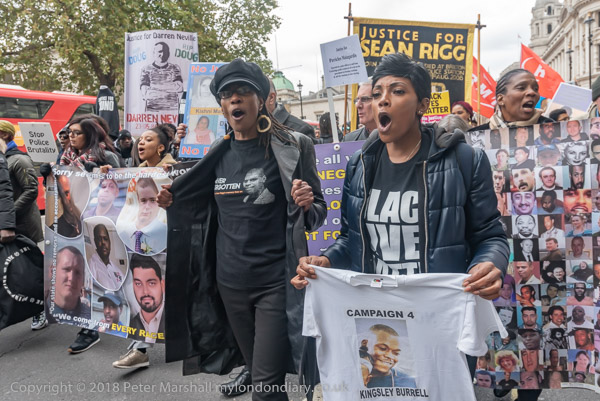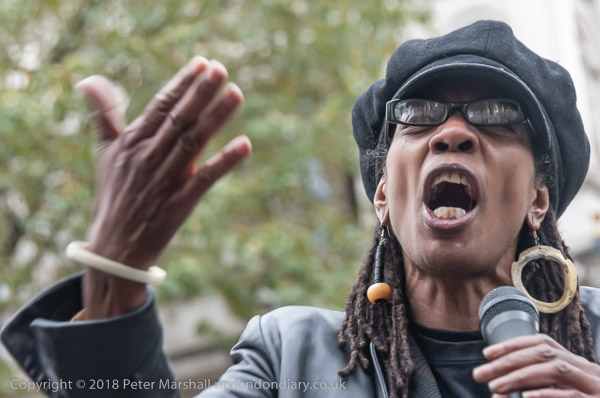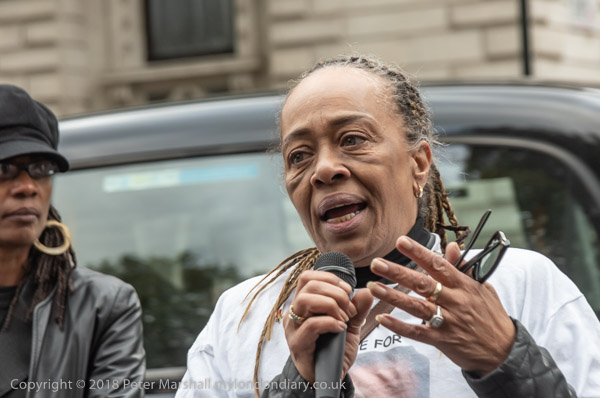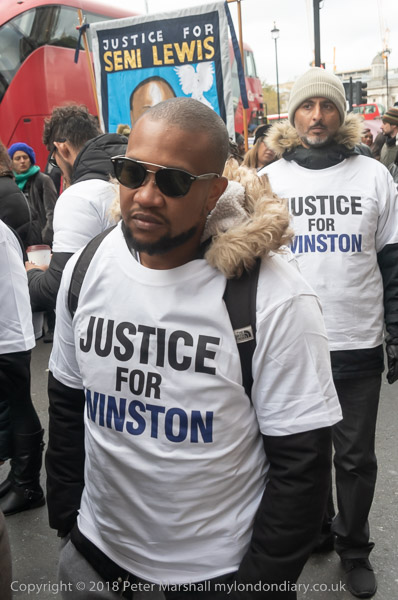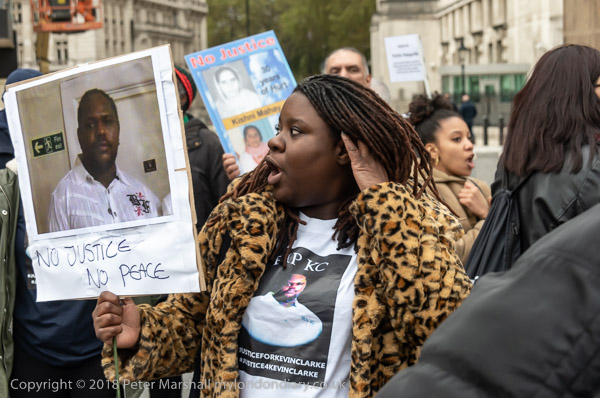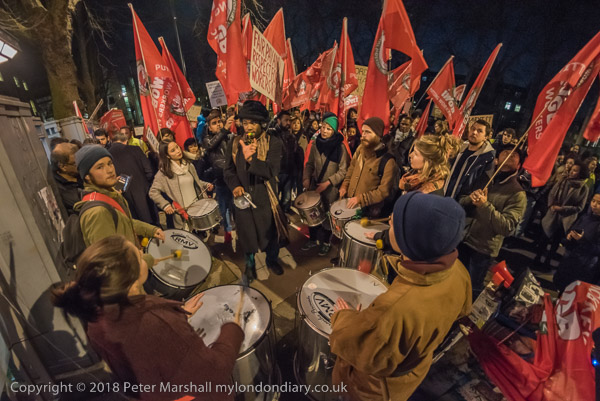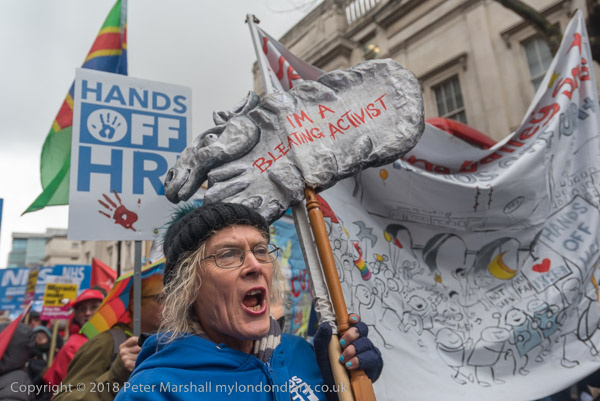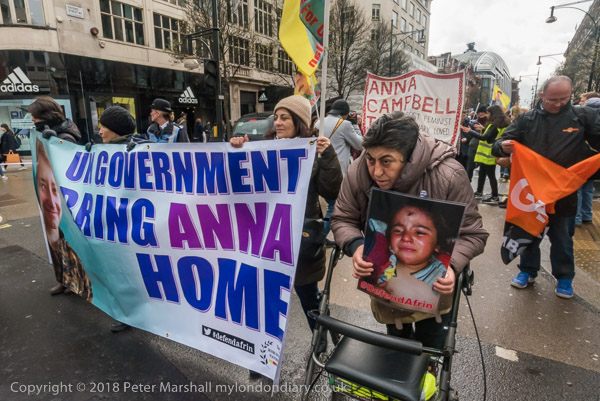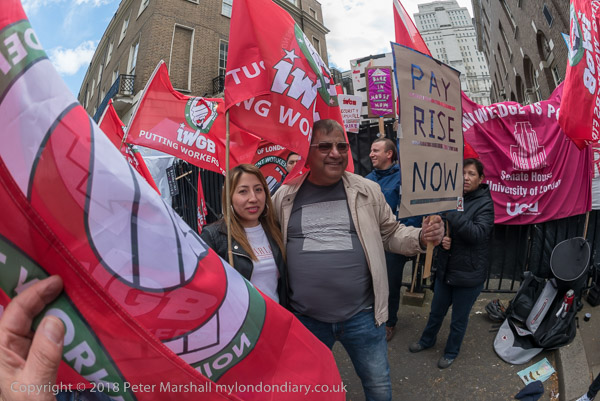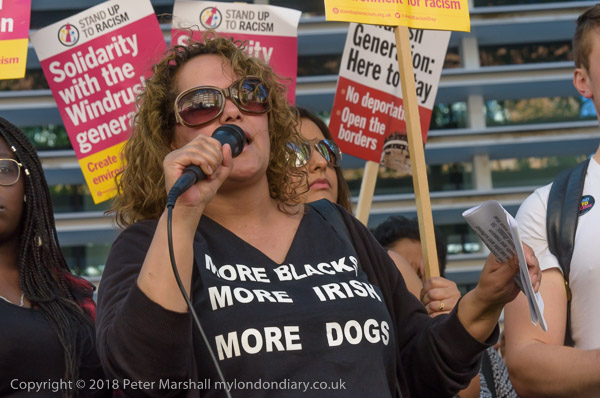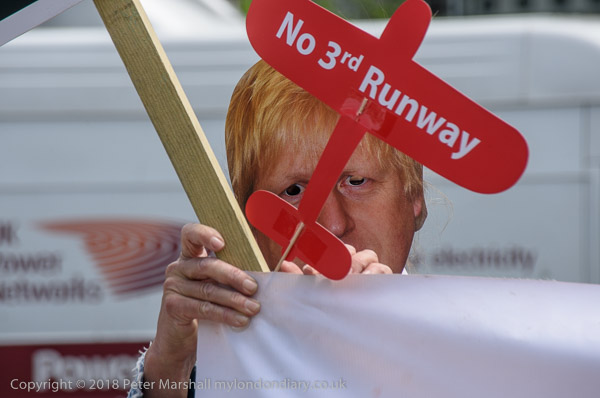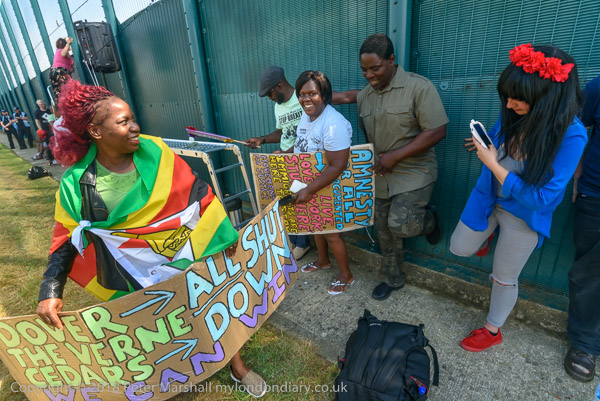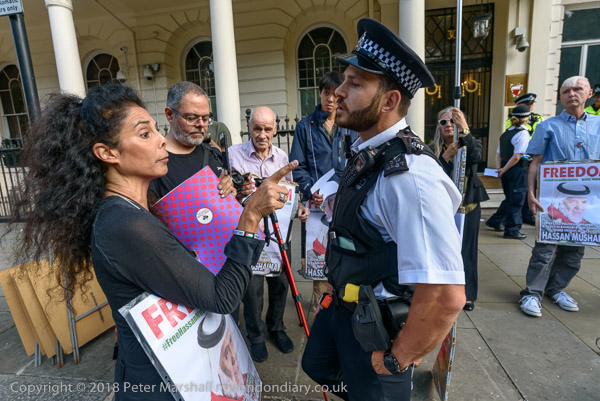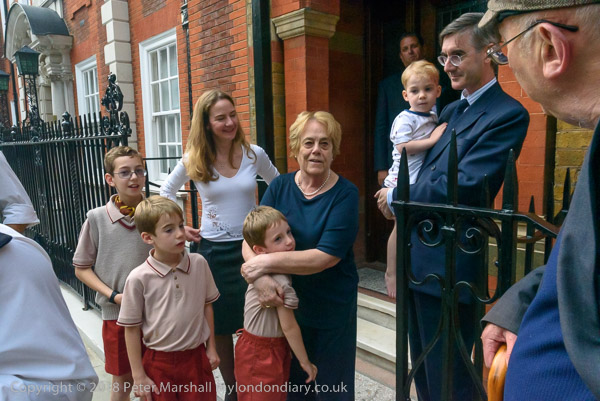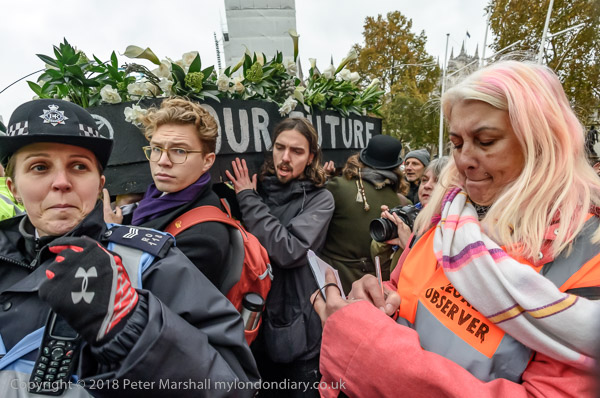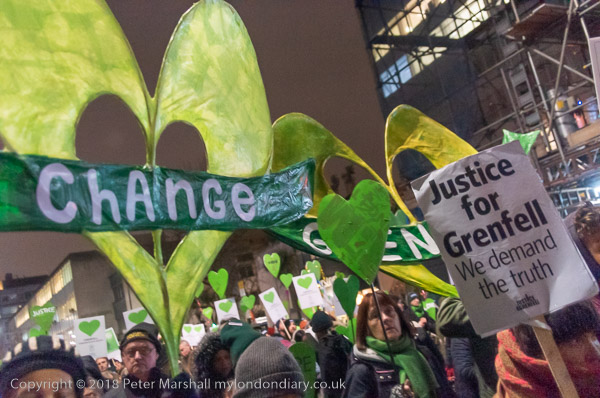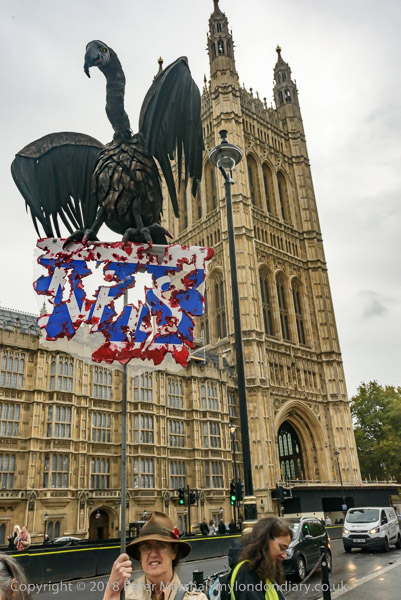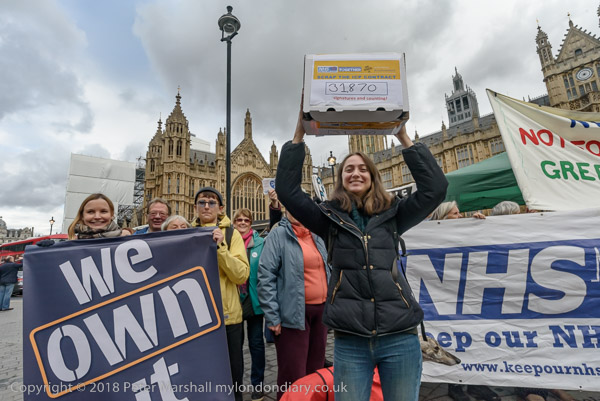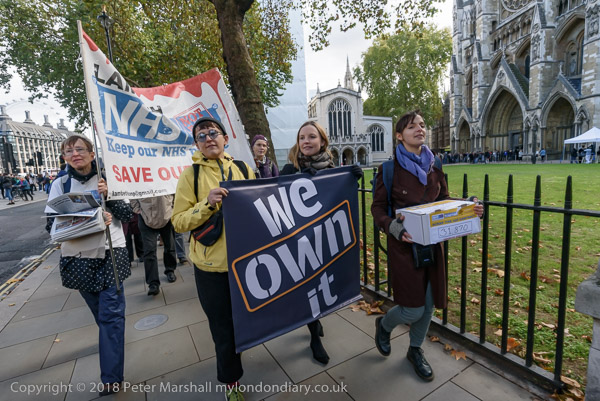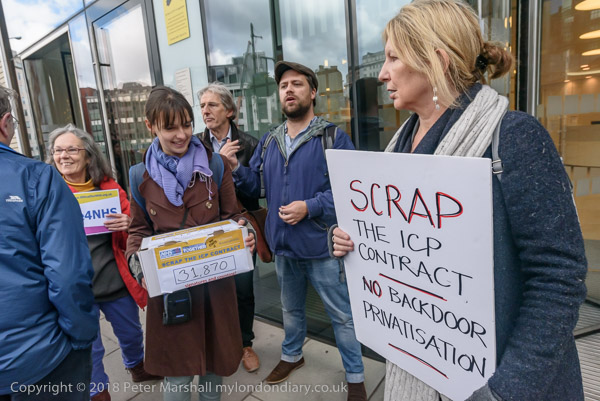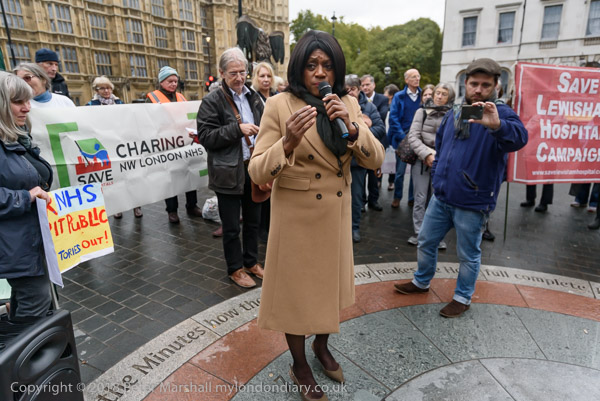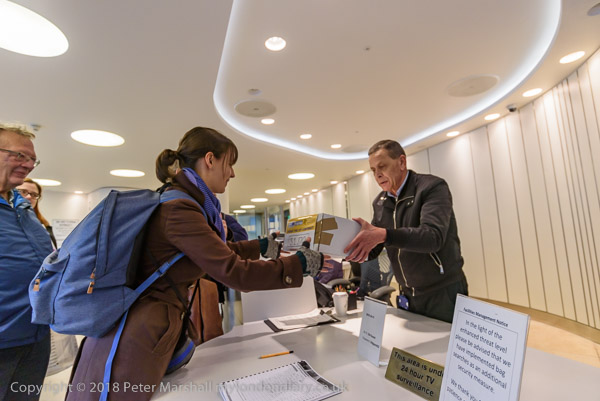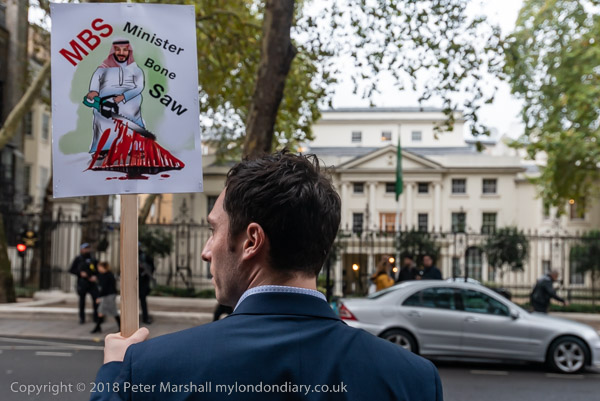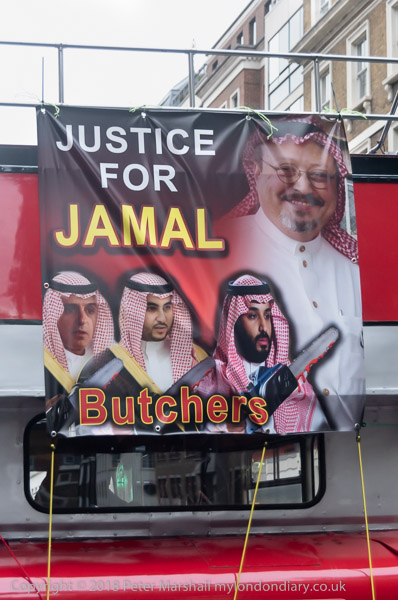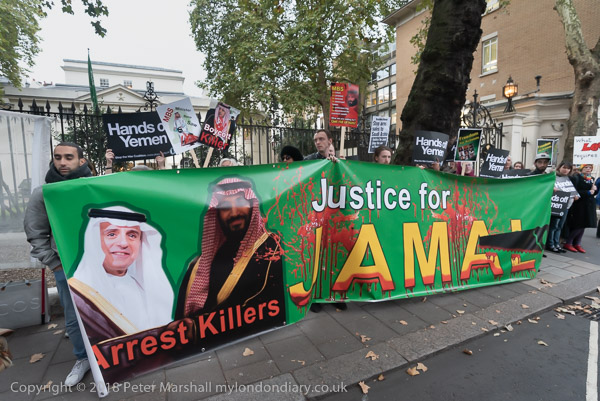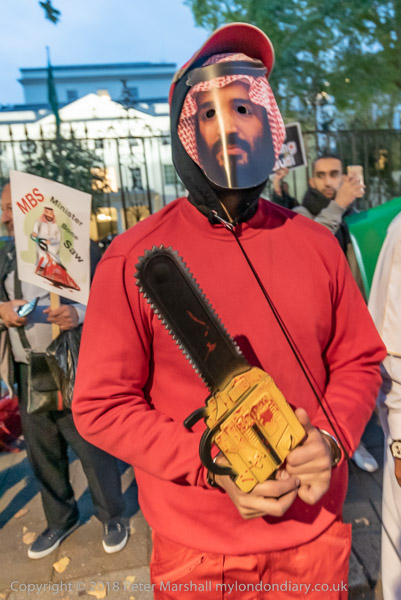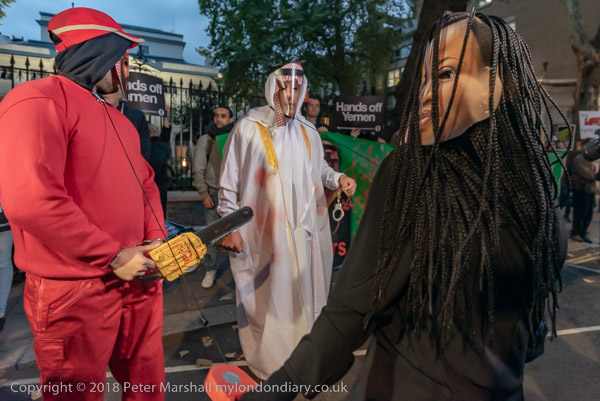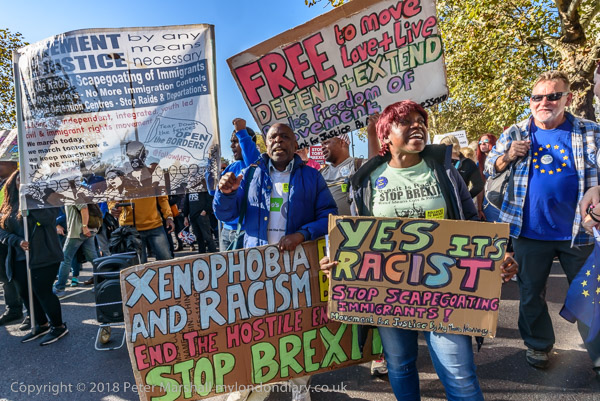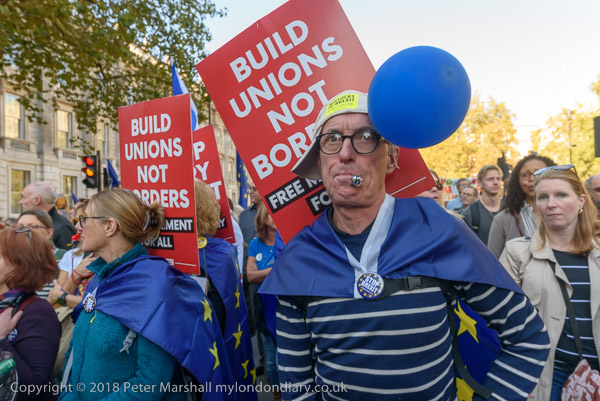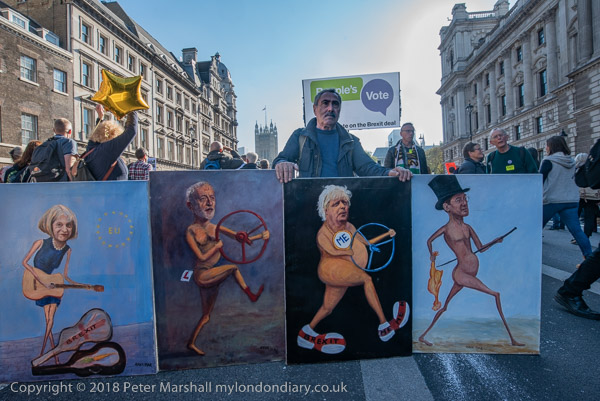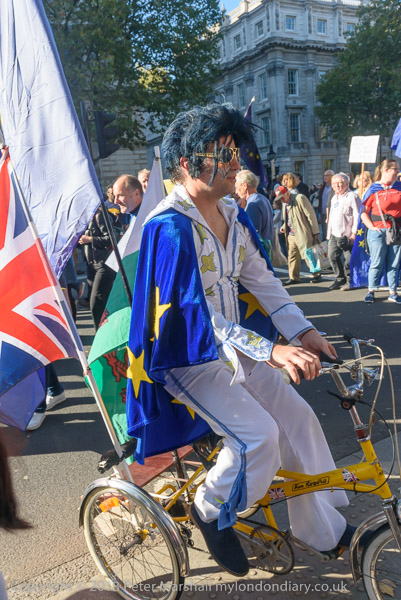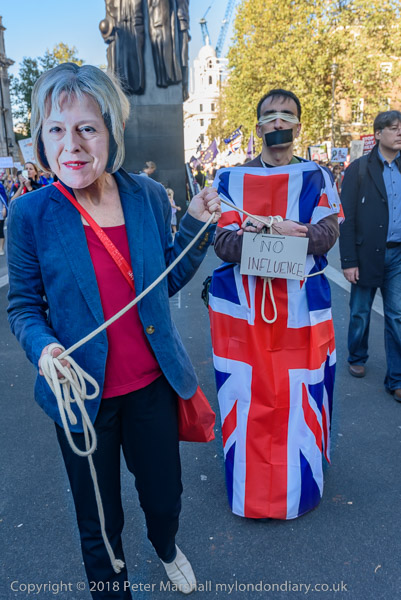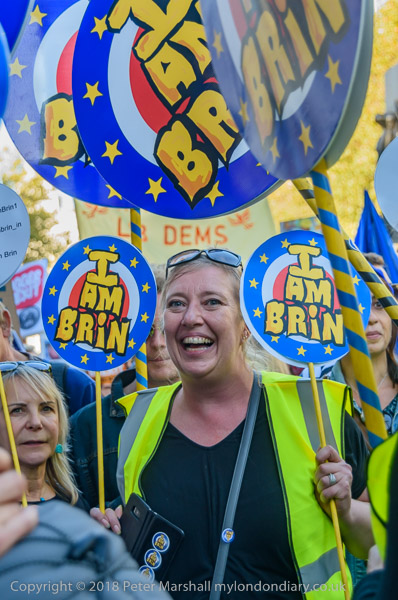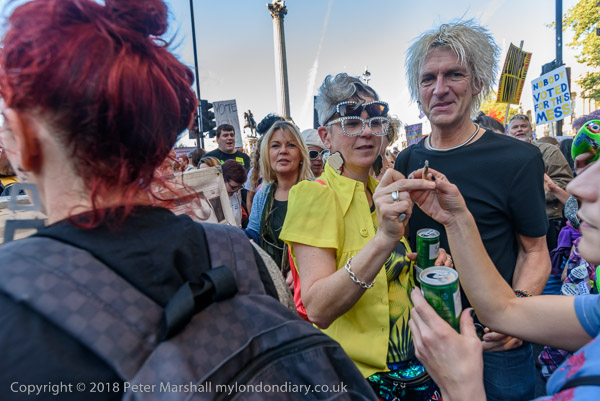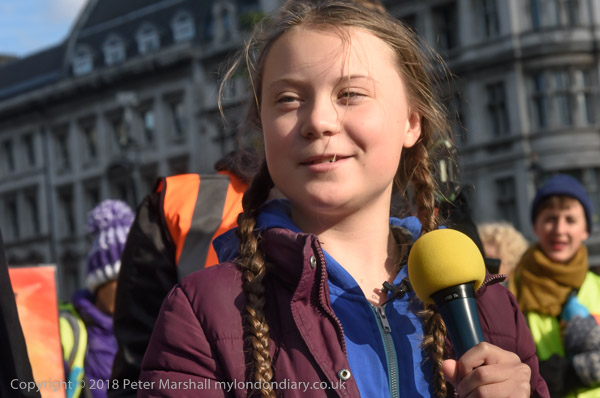
Extinction Rebellion is a new movement determined to use non-violent direct action to make people and government wake up to the imminent crisis of climate change, where science now suggests we have only 12 years to take decisive action to avoid the inevitability of mass extinction.
One of the speakers was Swedish schoolgirl Greta Thunberg, who sat down outside the Swedish Parliament on a climate strike instead of going back to school after the summer break to try and get them to respond to the gravity of the situation, an action which has led to similar protests around the world.
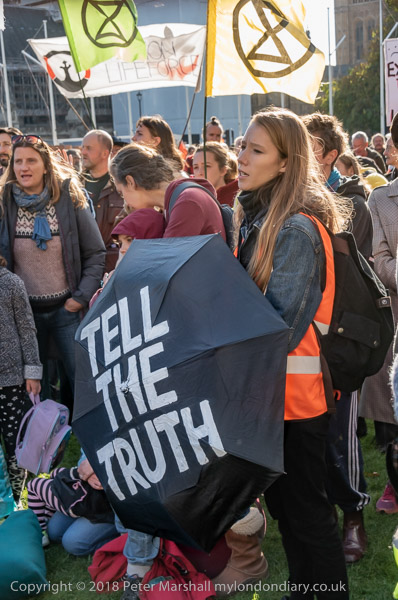
The crowd of around a thousand joined together to read a ‘Declaration of Rebellion‘ announcing their action, pledging to take action. This is a lengthy statement which spells out the unprecedented problem and accuses the government and law of failing to act appropriately, making it “our sacred duty to rebel”.
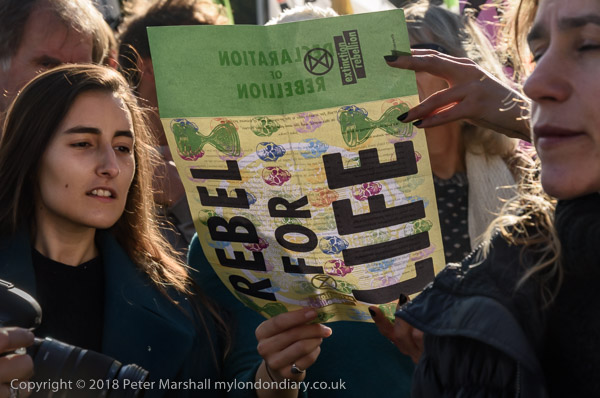
It continues:
“We hereby declare the bonds of the social contract to be null and void, which the government has rendered invalid by its continuing failure to act appropriately. We call upon every principled and peaceful citizen to rise with us.”
The declaration ends:
“We refuse to bequeath a dying planet to future generations by failing to act now.
We act in peace, with ferocious love of these lands in our hearts. We act on behalf of life.”
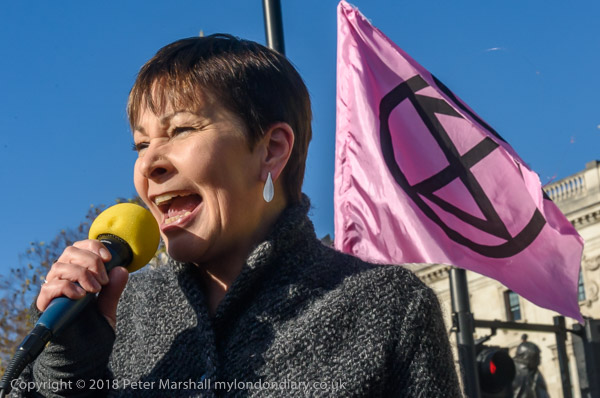
Among those also speaking at the event were Labour MP Clive Lewis, economist and Green MEP Molly Scott Cato, Green Party MP Caroline Lucas and environmentalists Donnachadh McCarthy and George Monbiot.
At the official end of a protest which blocked the road in front of Parliament for an hour and a half, McCarthy invited others to join him in continuing the protest, sitting down in several groups. There were already a number of activists locked together lying at the side of the road.
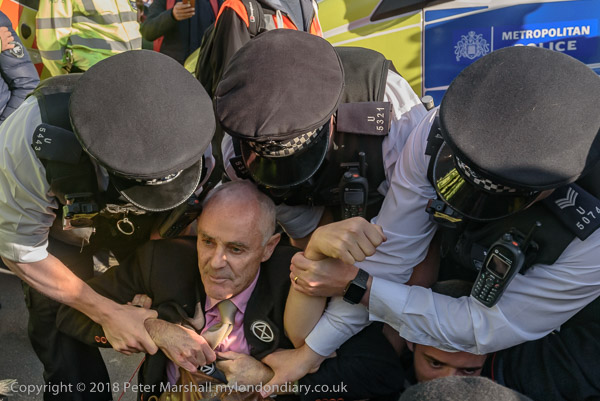
After they had been on the road for another fifteen minutes, and had failed to respond to warnings by the police, arrests began to be made, with around 15 of those sitting on the road being arrested, including McCarthy. He later posted about the experience and his interesting discussion with the officers escorting him in the police van who shared many of his concerns about our environmental crisis.
More at:
Extinction Rebellion rally
Extinction Rebellion roadblock
______________________________________________________
There are no adverts on this site and it receives no sponsorship, and I like to keep it that way. But it does take a considerable amount of my time and thought, and if you enjoy reading it, a small donation – perhaps the cost of a beer – would be appreciated.
My London Diary : London Photos : Hull : River Lea/Lee Valley : London’s Industrial Heritage
All photographs on this and my other sites, unless otherwise stated, are taken by and copyright of Peter Marshall, and are available for reproduction or can be bought as prints.
To order prints or reproduce images
________________________________________________________
